How To Use QR Codes in Marketing in 2024
Looking to incorporate QR codes in marketing into your campaigns but unsure where to start? QR codes offer dynamic, trackable interactions with customers, provide valuable insights into consumer behavior, and can greatly enhance the effectiveness of your marketing efforts. This article dives into actionable strategies to integrate QR codes seamlessly into your marketing initiatives, ensuring you stay ahead in the digital game.
Key Takeaways
- QR codes have made a strong comeback, with their usage in the U.S. projected to reach 99.5 million users by 2025, largely due to their convenience and the integration of QR code readers in smartphones.
- QR codes enhance user experiences by connecting offline marketing to online content. They allow for personalized and seamless customer journeys, with the potential for augmented reality integrations and incentives to drive engagement.
- Custom QR codes influence brand awareness and sales generation, offering an innovative medium for marketing campaigns that comply with privacy regulations while promoting contactless transactions.
Unlocking the Potential of QR Codes in Your Marketing Efforts
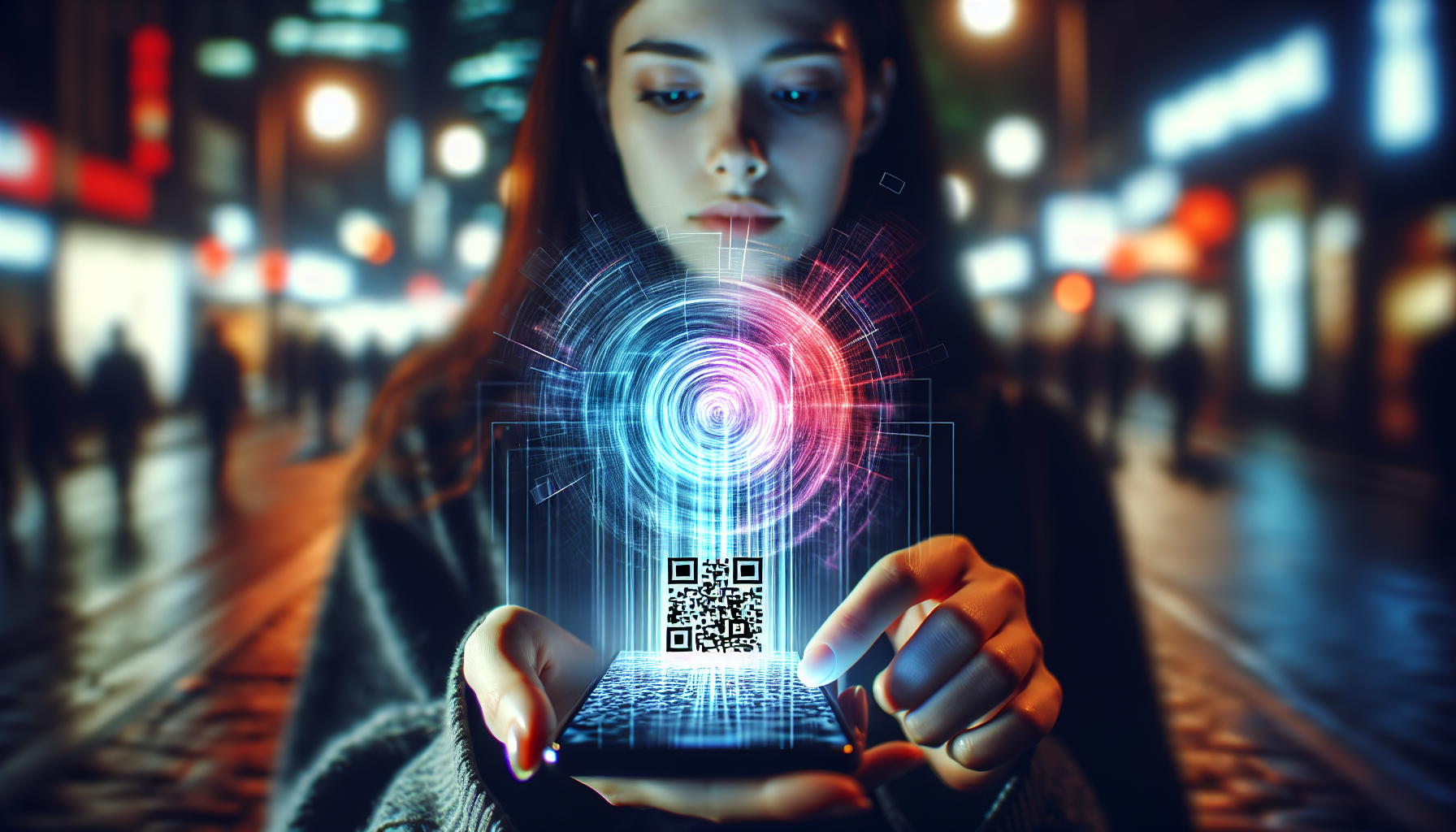
With the rise in smartphone usage, QR codes are gaining renewed popularity. The convenience of built-in code readers has made it effortless for consumers to interact with these codes. This is not the only reason behind their revival; marketers are also leveraging their potential and incorporating them creatively into digital marketing strategies.
QR codes have emerged as a versatile tool for engaging audiences effectively in modern-day marketing campaigns. From placing codes on various platforms like television, billboards, and social media to utilizing them for retargeting prospects and analyzing customer behavior patterns, QR codes have emerged as a valuable tool.
The Revival of QR Code Usage
The resurgence of QR codes is not a coincidence but rather a result of increased familiarity and the convenience provided by modern smartphones with built-in code readers. As such, they have become essential in successful digital marketing tactics. This trend is supported by impressive statistics.
In 2020, approximately 11 million households scanned QR codes. This number has significantly risen to 83.4 million US smartphone users scanning these codes as of 2022. Experts predict that by 2025 there will be around 99.5 million US smartphone users utilizing QR code scans, highlighting their growing significance in both marketing and customer engagement efforts.
Dynamic QR Codes vs Traditional Barcodes
Dynamic QR codes are revolutionizing marketing by offering more flexibility and advanced tracking capabilities compared to traditional barcodes. These new codes allow for easy editing and updating without the need for reprinting, saving time and resources. This adaptability also allows marketers to combine various techniques into one code, maximizing their campaigns’ effectiveness. Dynamic QR codes provide valuable insights into user behavior and campaign performance through advanced tracking features.
As a result of these benefits, dynamic QR codes have become an indispensable tool in modern marketing strategies.
Moreover, dynamic enhancements can be made to traditional barcodes, such as increased data storage capacity, improved connectivity range, and integration of advanced functionalities. This progress has expanded opportunities for enhancing user experience effectively. Although both types serve similar functions, the potential applications of dynamic QR codes surpass those available with conventional barcodes. The latter is limited in its capacity since it cannot easily incorporate multiple marketing methods or gather crucial data on consumer engagement. To meet evolving demands, major advancements continue to be made toward improving barcode technology, specifically when used in advertising ventures. Furthermore, it should remain noted that while standardization measures still exist, nimble innovation has rendered existing traditional modes somewhat outdated. With this said future success in markets will depend upon how well companies adopt tools which guarantee clients better results than ever before. Enhanced rapid response QR codes offer a prime chance at achieving ultimate business goals to essential commerce solution times. These facts together reinforce why contemporary advertisements must embrace newer trends/technologies today!
Enhancing User Experience Through QR Code Integration
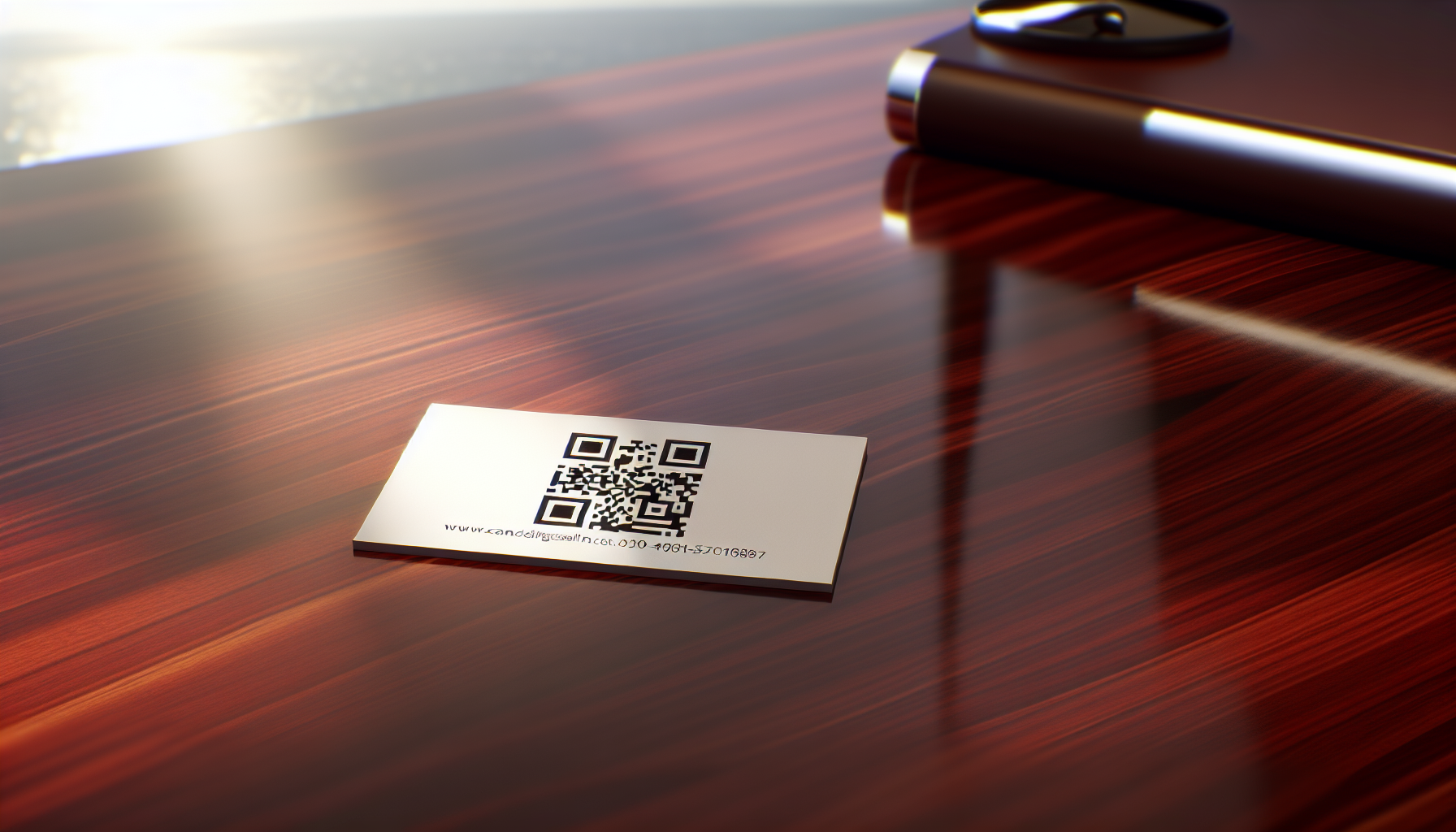
QR codes have various practical uses, including elevating the user experience in marketing campaigns. These codes effectively bridge the gap between offline and online advertising by providing personalized access to content. By integrating QR codes into their strategies, businesses can engage with users and establish seamless connections with their digital presence. Some advantages of incorporating these codes include transforming basic billboards or store windows into gateways to an organization’s virtual world and simplifying information accessibility for customers through code scanning data analysis.
Incorporating QR Codes can significantly enhance customer engagement as they guide individuals directly to business locations, making them easily accessible. Utilizing well-designed and visually appealing QR Code designs increases this potential outcome, giving significant results when added elements are used correctly within your marketing strategy.
Directing Customers to a Tailored Landing Page
Picture a scenario where after scanning a QR code, customers are immediately directed to an individualized landing page. This is the immense potential of utilizing QR codes. Customization features like location, time and date, or day-specific offers on landing pages tailored for each user’s experience can be provided.
Not only does this technique boost customer interaction, but it also facilitates augmenting app downloads by leading them directly to personalized landing pages specially designed for downloading apps.
Streamlining Processes with Quick Response Codes
The beauty of QR codes lies in their simplicity. By simply scanning a code, customers can:
- Access a wealth of information
- Complete tasks that would otherwise require multiple steps
- Make payments
- Check out at a store
- Access information
QR codes simplify processes and make life easier for customers.
Such an approach benefits both users by enhancing their overall experience and businesses by improving efficiency. It’s beneficial for all involved.
Creative Ways to Use QR Codes in Marketing Campaigns
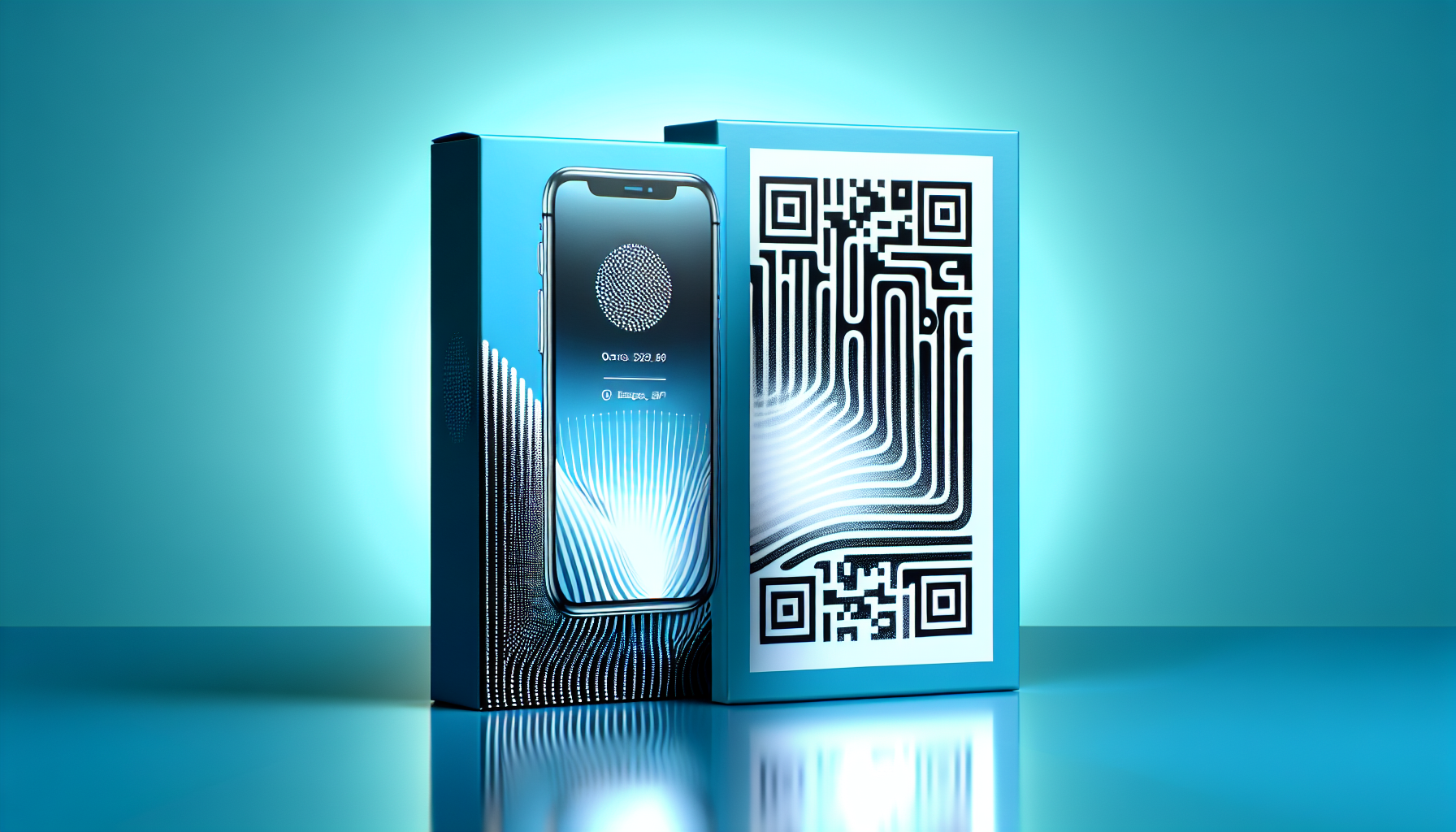
QR codes have evolved from being a simple link between the physical and digital realms to becoming an outlet for creativity. By thinking outside the box, marketers can utilize QR codes in unique ways to engage consumers and enhance brand visibility. Some examples of this include:
- Enhancing traditional print ads by incorporating QR codes.
- Utilizing augmented reality experiences through these barcodes.
- Creating interactive scavenger hunts that involve scanning QR codes for clues.
Brands such as Amazon, Unilever, McDonald’s and Starbucks have demonstrated the effectiveness of using branded QR code campaigns in boosting their brand awareness.
The potential uses of these versatile symbols are limitless.
Ultimately, QR codes possess capabilities beyond simply bridging physical media into its digital counterpart.
Transforming Print Media Advertisements with QR
In the world of advertising, print media has been a tried and true method for reaching customers. With the emergence of QR codes, these traditional advertisements have received a modern upgrade. By utilizing QR codes in their ads, businesses can direct potential customers to exclusive digital content such as special offers and promotions, app downloads or landing pages for websites or social media profiles.
The addition of QR codes not only adds an interactive element to print ads but also extends the customer’s experience beyond viewing physical materials. Thanks to easily accessible scannable technology like QR codes, this creates a seamless omnichannel approach that allows individuals to engage with brands through various platforms.
Augmented Reality and Interactive Experiences
QR codes have opened up a whole new realm of possibilities when it comes to marketing campaigns. By linking QR codes with augmented reality content, businesses can create captivating and unforgettable experiences for their customers. For instance, Porsche utilized QR codes as an avenue for attendees to customize car models through haptic feedback, resulting in an interactive and immersive encounter.
Similarly, Amazon leveraged the power of QR codes to offer customers augmented reality experiences during product unboxing, adding an element of enjoyment and anticipation to their purchases.
QR Code Campaigns: Tracking Success and Analytics

Similar to other forms of marketing, the effectiveness of QR code campaigns should be evaluated and assessed. Luckily, built-in tracking capabilities make it possible for marketers to measure key metrics like scan volume, duration, and location data in order to gain valuable insights into consumer behavior.
This analysis allows businesses to refine their strategies by optimizing content and enhancing overall performance based on customer engagement. The use of these codes provides a useful tool for improving marketing efforts by tracking their usage within specific campaigns.
Measuring Engagement Through Scan Metrics
Tracking and measuring scan metrics can provide businesses with valuable insights into customer behavior, offering a deeper understanding of the effectiveness of their QR code campaigns as well as revealing important information about customer preferences, motivations, and pain points.
Utilizing tools such as Google Analytics and Beaconstac allows for easy tracking of these crucial metrics. This enables businesses to make informed decisions that will improve their campaigns using data-driven analysis from scans made through codes.
Adjusting Strategies Based on QR Code Data
The analysis of QR code data can provide valuable insights for businesses, allowing them to make informed decisions and optimize their marketing strategies. By utilizing the customizable capabilities of QR code generators on mobile devices, companies can effectively implement this technology into their marketing plans.
QR codes are powerful tools that can help create more personalized and successful marketing campaigns. Businesses that utilize these codes in conjunction with effective QR code marketing ideas will see tangible benefits for their brand and overall initiatives.
As such, it is essential for companies to leverage all aspects of QR codes – from fine-tuning targeting through analyzing data to reshaping entire advertising efforts – in order to fully harness the potential impact they offer within modern day consumer markets.
Building Brand Awareness with Custom QR Codes
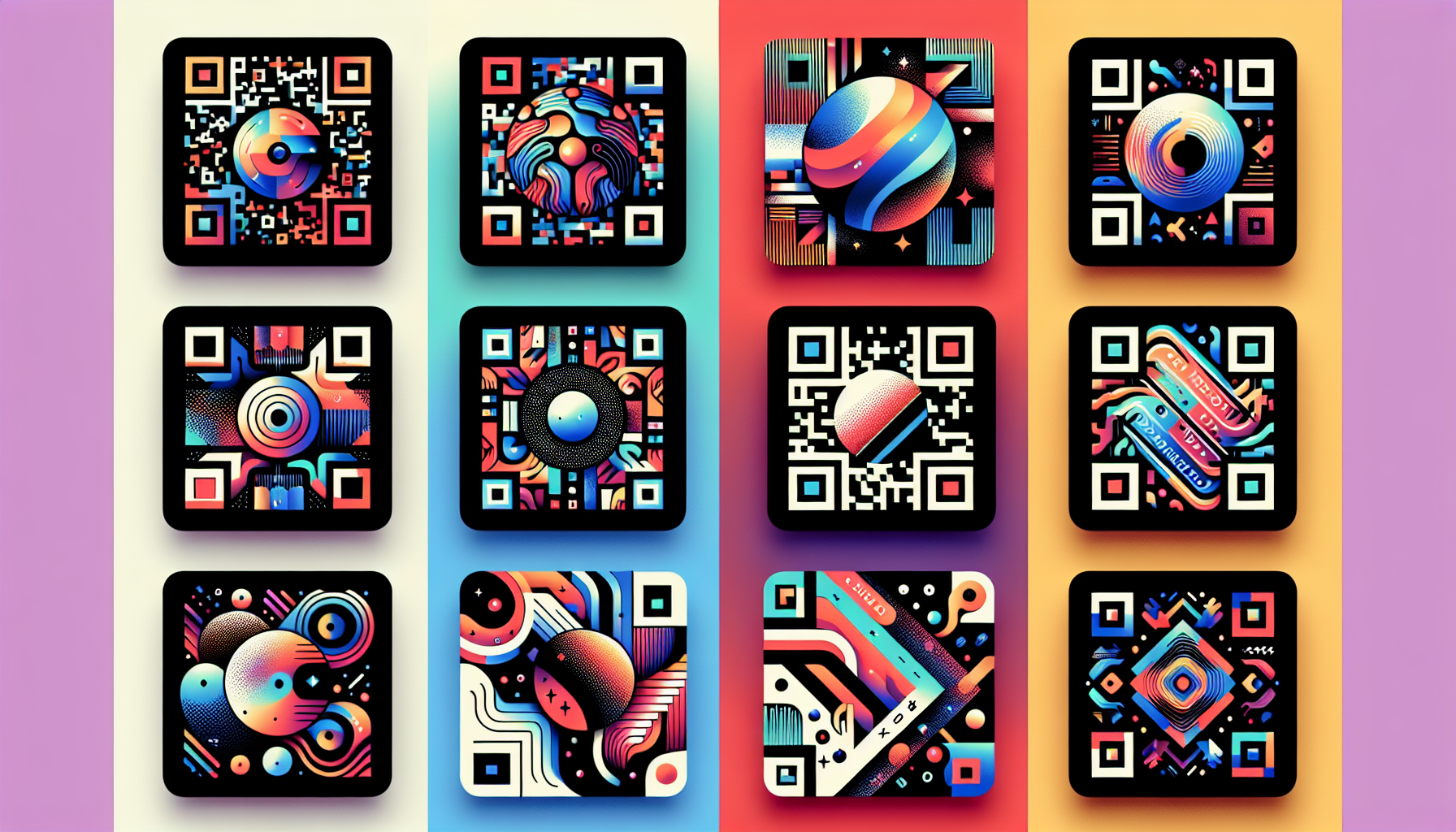
In the world of marketing, custom QR codes are a highly effective way to promote brand awareness. By infusing elements of their brand into the design of these codes, companies can establish a strong visual association with consumers. This may include incorporating brand colors, featuring logos or creating unique designs that embody the personality and essence of their company, all leading to increased recognition for their business.
When coupled with popular social media platforms like Facebook and Instagram, businesses can leverage these personalized QR codes as powerful tools to drive traffic and elevate their online presence for even more exposure among potential customers.
Crafting Unique QR Code Designs
The appearance of a QR code is essential in enticing scans. By adding distinctive design features and color combinations, companies can generate visually attractive and easy-to-remember QR codes. This tactic not only improves customer interaction but also helps to build brand identity.
Social Media QR Code Integration
Incorporating QR codes into social media platforms is an impactful method to enhance brand recognition. By connecting QR codes to social media profiles, companies can:
- Grow their follower base
- Nurture a stronger virtual community
- Strengthen their online presence
- Create a direct link between promotional materials and digital marketing efforts
This approach effectively elevates brand visibility through the implementation of a powerful digital marketing strategy.
Driving Sales and Lead Generation Using QR Technology
QR codes serve not only as a tool for building brand recognition but also as a means to boost sales and generate leads. Utilizing QR code scans can allow businesses to gather firsthand information while optimizing their marketing tactics toward achieving conversions.
To increase engagement and drive more transactions using QR codes, companies may entice customers with various incentives such as discounts, exclusive content access, chances of winning prizes or participation in rewards programs. By offering these benefits through the use of QR codes, businesses can Enhance customer interaction and improve conversion rates.
Incentivizing Scans for Higher Conversion Rates
Incentives play a crucial role in QR code marketing, as they have the potential to greatly impact user engagement and conversions. Businesses can utilize incentives such as discounts, exclusive content access, prize opportunities, and rewards programs through their codes to attract more users.
QR codes offer powerful motivation for individuals to scan them when valuable incentives are involved. These may come in the form of various benefits like discounts or chances to win prizes that encourage users’ interest in scanning the code.
Collecting First-Party Data for Personalized Marketing
Employing QR codes to collect first-party data can enhance marketing campaigns and optimize customer targeting. By obtaining significant user details upon code scanning, companies gain a valuable understanding of customer preferences and purchasing habits. This knowledge enables the development of personalized and efficient marketing strategies.
Implementing Contactless Solutions with QR Codes
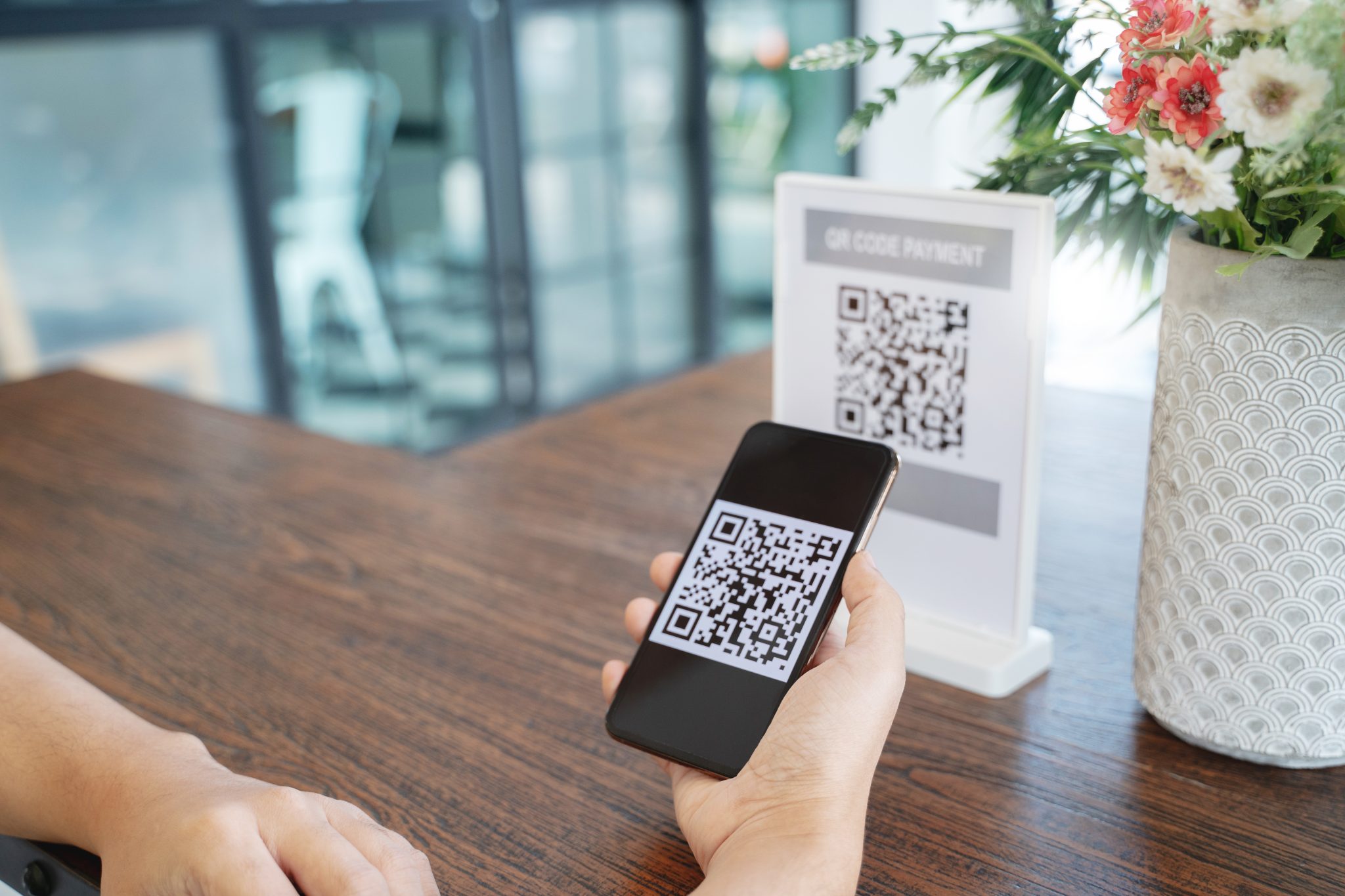
QR codes have become an essential tool in the modern digital landscape, serving as a necessary rather than just a convenient contactless solution. These codes make it incredibly easy to implement such solutions – from substituting traditional paper menus and physical tickets to simplifying payment procedures, QR codes offer efficiency for both businesses and customers alike.
Replacing Paper Menus and Physical Tickets
During your recent restaurant visit, you likely encountered a QR code on the table that directed you to the menu. This is just one example of how businesses are utilizing QR codes as alternatives for physical menus and tickets. By transitioning these items into digital versions, businesses not only offer convenience to customers but also prioritize hygiene and safety measures.
Simplifying Payments and Checkouts
QR codes are transforming the methods we use to pay and complete transactions in retail stores. With the ability for customers to make payments by scanning a QR code, businesses are streamlining their processes and making them more accessible for users. This results in an enhanced customer experience while also improving efficiency for companies who utilize this technology.
Navigating Legal and Privacy Concerns in QR Code Marketing
Although QR codes have many advantages, it is vital to address the legal and privacy issues associated with their use. Complying with regulations such as GDPR and CCPA is important to ensure proper data protection.
Implementing secure practices when using QR codes can safeguard customer information and uphold confidence in the brand.
Understanding GDPR and CCPA Regulations
The utilization of QR codes for customer data gathering should adhere to the guidelines set by GDPR and CCPA. These regulations aim to safeguard consumer privacy, thus businesses are obligated to obtain consent before collecting any data and must comply with relevant rules on maintaining confidentiality.
For ethical use of codes, it is crucial for businesses to have a thorough understanding of these regulations and ensure compliance. In other words, responsible handling of QR codes involves adhering strictly to the laws in place governing their usage.
Ensuring Secure QR Code Practices
It is essential to maintain customer trust by implementing secure practices when using QR codes. To ensure this, here are some recommended best practices:
Thoroughly check the code for any possible malicious content before use.
To enhance your brand image and recognition, it is advisable to custom brand the QR code.
Make sure that only intended actions can be taken through scanning of the QR code.
Including a Call-to-Action (CTA) in your QR codes will help guide customers towards their desired action.
Avoid changing or altering the color inversion of the generated QR codes, as it may affect its functionality and effectiveness.
For added security measures, always use trusted and reputable QR code generators. Also, double-check if any linked websites have SSL certification and encryption protocols implemented for a safe browsing experience by customers.
Implementing these guidelines not only ensures the protection of sensitive information but also protects businesses’ reputation among potential clientele who rely on secured technology such as coded links created from various online tools, known generically today simply as ‘QR codes.’
Summary
The use of QR codes has evolved significantly, offering numerous opportunities for businesses. These barcodes have seen a resurgence in popularity and are now utilized to enhance user experiences, track campaign success, boost brand recognition, generate leads and drive sales. They also provide contactless solutions for various applications while navigating legal concerns and privacy issues. When used effectively as part of marketing campaigns, QR codes can revolutionize efforts by creating interactive customer experiences that ultimately lead to business growth.
Frequently Asked Questions
How can QR codes be used for marketing?
QR codes are a valuable tool for tracking and evaluating the effectiveness of your marketing initiatives. These scannable codes allow you to monitor the results of your marketing campaign closely.
By utilizing QR codes, it becomes possible to accurately measure and analyze the performance of your promotional strategies.
These unique barcodes provide detailed insights into the barcodes.
What are the benefits of QR codes in advertising?
QR codes in advertising offer the benefits of interactivity, data tracking, and connecting print materials to digital content. They can encourage audience engagement, provide instant access to information, and help businesses collect valuable data on user behavior.
This can lead to improved marketing strategies and a better return on investment.
What is the purpose of a QR code in business?
QR codes play a vital role in business as they facilitate engagement and interaction via mobile devices. These codes serve the purpose of providing swift access to detailed information about products or services, effectively transferring data to users.
How can QR codes enhance the payment and checkout experience?
QR codes can enhance the payment and checkout experience by allowing customers to make payments with a quick scan, simplifying the process for both customers and merchants.
What are the benefits of first-party data and how can it enhance personalized marketing?
Utilizing first-party data enables marketers to acquire an extensive understanding of their target audience, empowering targeted and intentional marketing strategies. This information can also be used to customize website content and promotional communications.
By nurturing direct connections with consumers, first-party data can greatly enhance personalized marketing approaches. Utilizing this type of data directly from the source gives marketers a unique opportunity to tailor their campaigns.

